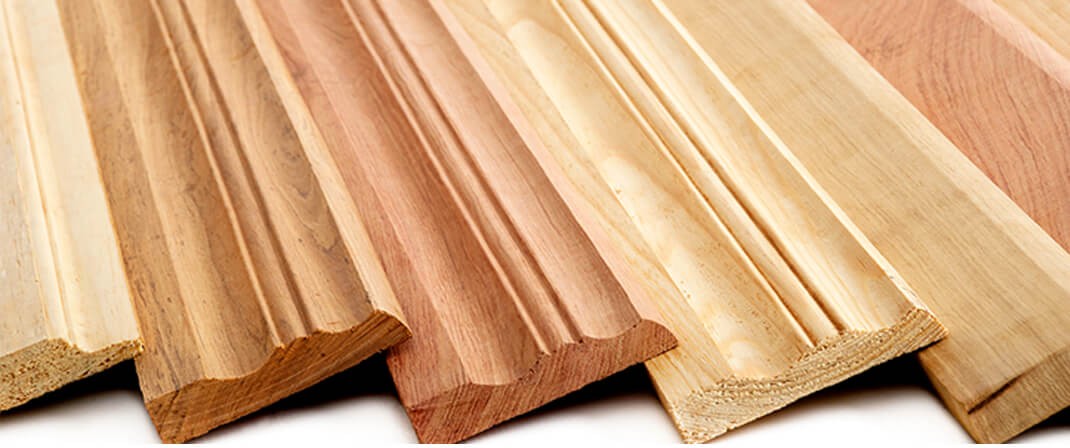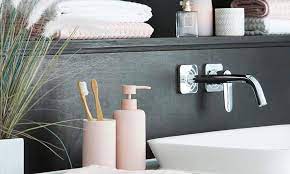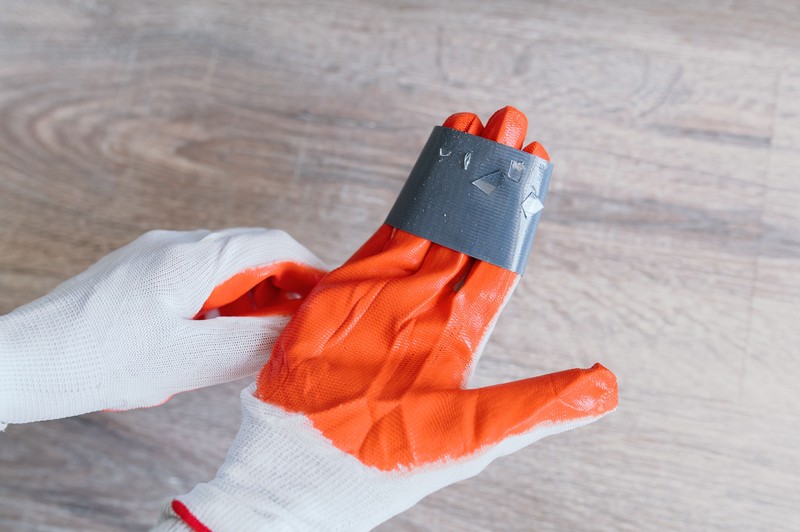What Do You Mean by Modern Architrave? What Are Its Types?


The architrave is an architectural element that transcends time and fashion in the field of interior design. The conventional architrave has been updated to fit the aesthetics of contemporary living spaces while preserving its utilitarian relevance as a result of the evolution of design sensibility.
Modern architraves offer a variety of forms that appeal to the clean lines, simplicity, and minimalism that characterize current design, serving as a monument to the seamless marriage of form and function.
What is Modern Architrave?
Historically, the architrave has served as a framing component to enclose doors, windows, and other openings and to provide a transition between various surfaces. The architrave has changed in modern interior design, according to the dominant design ethos of minimalism and sleekness.
Modern architrave embrace forms that reflect the minimalism and clean lines present in modern interiors while maintaining their framing role.
Types of Modern Architrave
1. Flat Architrave
Flat architraves embody the idea of “less is more,” with a smooth, uncluttered surface and straight corners. This design decision gives contemporary rooms a subtle beauty that lets other components take center stage.
2. Square Edge Architrave
The square edge architrave, distinguished by its sharp, right-angled edges, makes a striking, contemporary aesthetic statement. It achieves a tasteful transition while maintaining the simple lines typical of modern design.
3. Rebated Architrave
By creating a recessed or stepped form, the rebated architrave adds depth. This design gives entrances and openings depth and a refined touch.
4. Grooved Architrave
Grooved architraves experiment with textures by including minor linear or geometric grooves, giving the otherwise smooth surfaces of contemporary interiors depth and a tactile character.
5. Minimalist Profile Architrave
This architrave adheres to the ideals of minimalism and uses simple geometric shapes like rectangles and squares. The end product is a modern, inconspicuous design that fits in with the style of the time.
6. Curved Edge Architrave
Curved edge architraves soften the transition between surfaces by balancing clean, contemporary lines with gentle curves. They preserve a modern style while adding a touch of movement to areas.
7. Flush Architrave
The flush architrave fits flush against the wall to achieve a seamless transition between the architrave and adjacent surfaces. This minimalist strategy emphasizes function while reducing visual clutter.
8. Metal-Clad Architrave
A seamless transition between the architrave and surrounding surfaces is achieved by the flush architrave, which sits flush against the wall. This practical approach emphasizes utility while reducing visual distraction.
9. Painted Architrave
Painted choices provide a blank slate for customization, reflecting the versatility of contemporary architraves. Architraves can either discreetly integrate into the overall design or stand out as a design highlight by being painted in neutral or striking colors.
By balancing a functional purpose with aesthetic appeal, modern architraves capture the essence of contemporary design. Modern architraves reflect the ever-evolving interior design landscape through a variety of forms that range from elegant and simple to inventive and hidden. These architectural components, which exemplify the essence of practicality and aesthetic finesse, not only frame apertures but also frame the story of contemporary living spaces.





